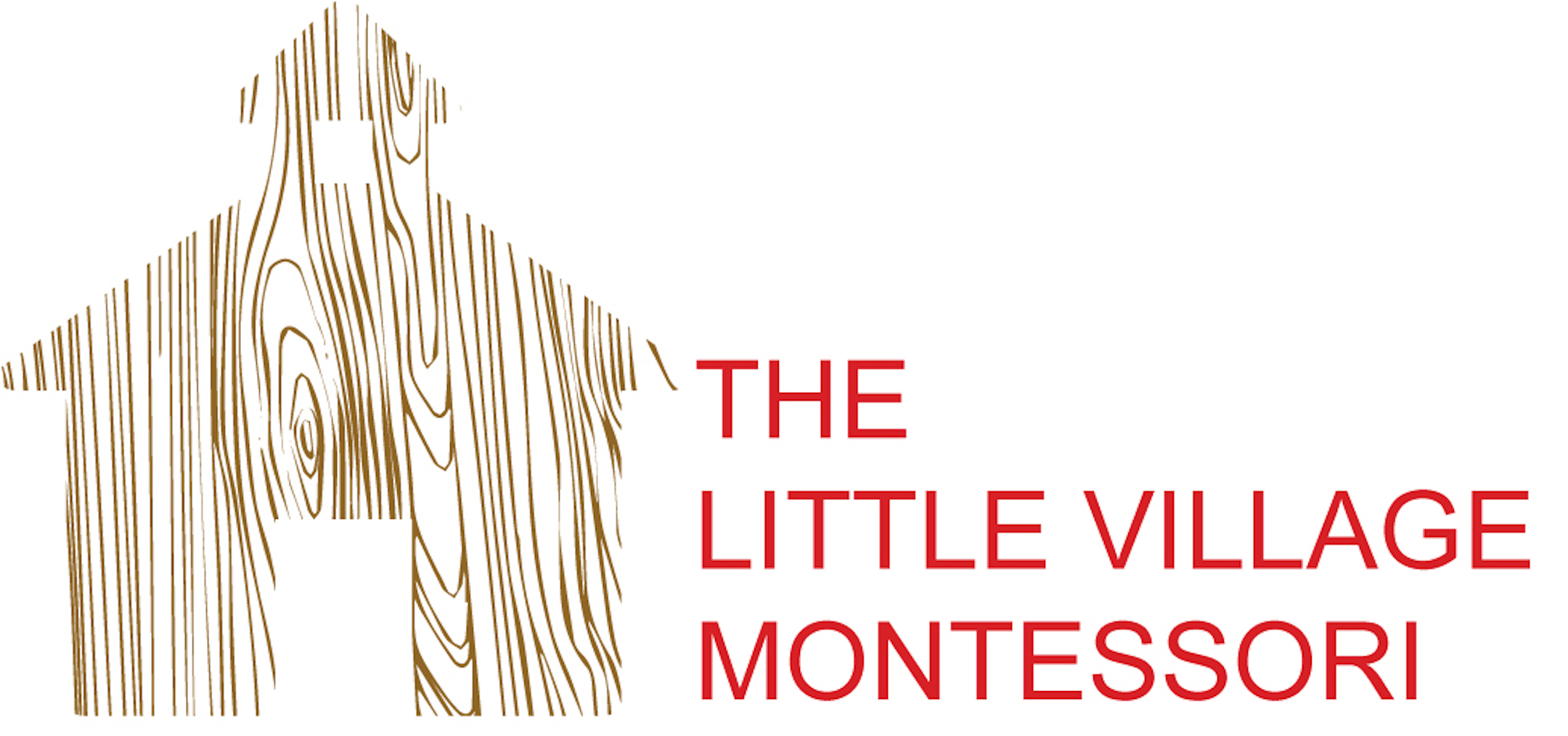Our Montessori Curriculum
montessori materials and the uninterrupted work cycle
A hallmark of Montessori education is its hands-on approach to learning. Students work with specially designed materials, manipulating and investigating until they master the lesson inside. Beautifully crafted and inviting to touch, Montessori’s distinctive learning materials are displayed on open, easily accessible shelves. They are arranged (left to right, as we read in Western languages) in order of their sequence in the curriculum, from the simplest to the most complex. Each material teaches a single skill or concept at a time—for example, the various “dressing frames” help toddlers learn to button, zip, and tie. And, built into many of the materials is a mechanism (“control of error”) for providing the student with some way of assessing her progress and correcting her mistakes, independent of the teacher. The concrete materials provide passages to abstraction, and introduce concepts that become increasingly complex. As students progress, the teacher replaces some materials with others, ensuring that the level of challenge continues to meets their needs.
Another unique feature of the Montessori approach us the Uninterrupted Work Cycle. The purpose of long, uninterrupted blocks of work time is to allow students to freely select work, eventually becoming absorbed in work that has a particular fascination for them at this point in their development. Interruptions disturb the development of the child's focus, concentration, and opportunity to deeply delve into work. During this uninterrupted work time, teachers also have the opportunity to present lessons to the children, ensuring that lessons are given and work is explored in all areas of the classroom.
The Little Village Montessori School observes strict guidelines for the uninterrupted work cycle. Please note that the work cycle begins when the majority of children have arrived. We provide large blocks of unscheduled time to ensure that individual children have the time to settle into a task that interests them and are not unnecessarily interrupted when they are engaged in a worthwhile activity. During the work period, teachers observe the behaviors of the children and invite individuals and small groups to short lessons when they see opportunities to assist a child’s progress. Optimally, the majority of each morning and afternoon is devoted to self-motivated work. This time may include individual- or self-chosen small group activities and short lessons by the teacher for children who have accepted an invitation to the lesson.
The uninterrupted work period does not include whole-class lessons or other activities such as adult-led group circle meetings for which participation of all children is required. Outdoor play time, specials, and enrichment classes for the whole group should not interrupt and are not included in the work period.
order and harmony in the learning environment
Order, Harmony and Choice are the defining elements in the design and flow of the Montessori classroom. Each material and activity has designated space, and materials are highly organized, therefore there is minimal clutter. Natural materials, lighting and tones characterize the space. There are spaces suited to group activity, and areas where a student can settle in alone. Parts of the room are open and spacious, allowing a preschooler to lay out strands of beads for counting, or an elementary student to ponder a 10-foot-long Timeline of Life. You won’t find traditional rows of school desks; instead, children work at tables or on the floor, rolling out mats on which to work and define their work space. You are also unlikely to find walls papered with brightly colored images of cartoons and syndicated characters. Rather, you might see posters from a local museum, or framed photographs or paintings created by the students themselves. There are well-defined spaces for each part of the curriculum, such as Language Arts, Math, and Culture. Each of these areas features shelves or display tables with a variety of inviting materials from which students can choose. Many classrooms, including ours have an area devoted to peace and reflection: a quiet corner or table with well-chosen items—a vase of daisies; a goldfish bowl—to lead a child to meditative thought. And always there are places to curl up with books, where a student can read or be read to. Our library is a designated space for reading and relaxation.
The Montessori environment is uniquely suited to the needs of the students. Preschool rooms feature low sinks, chairs, and tables; a reading corner with a small comfy chairs ; reachable shelves; and child-sized kitchen tools and serving ware—elements that allow independence and help develop small motor skills. Above all, each learning space is warm, well-organized, and inviting, with couches, rugs, and flowers to help children feel calm and at home.






